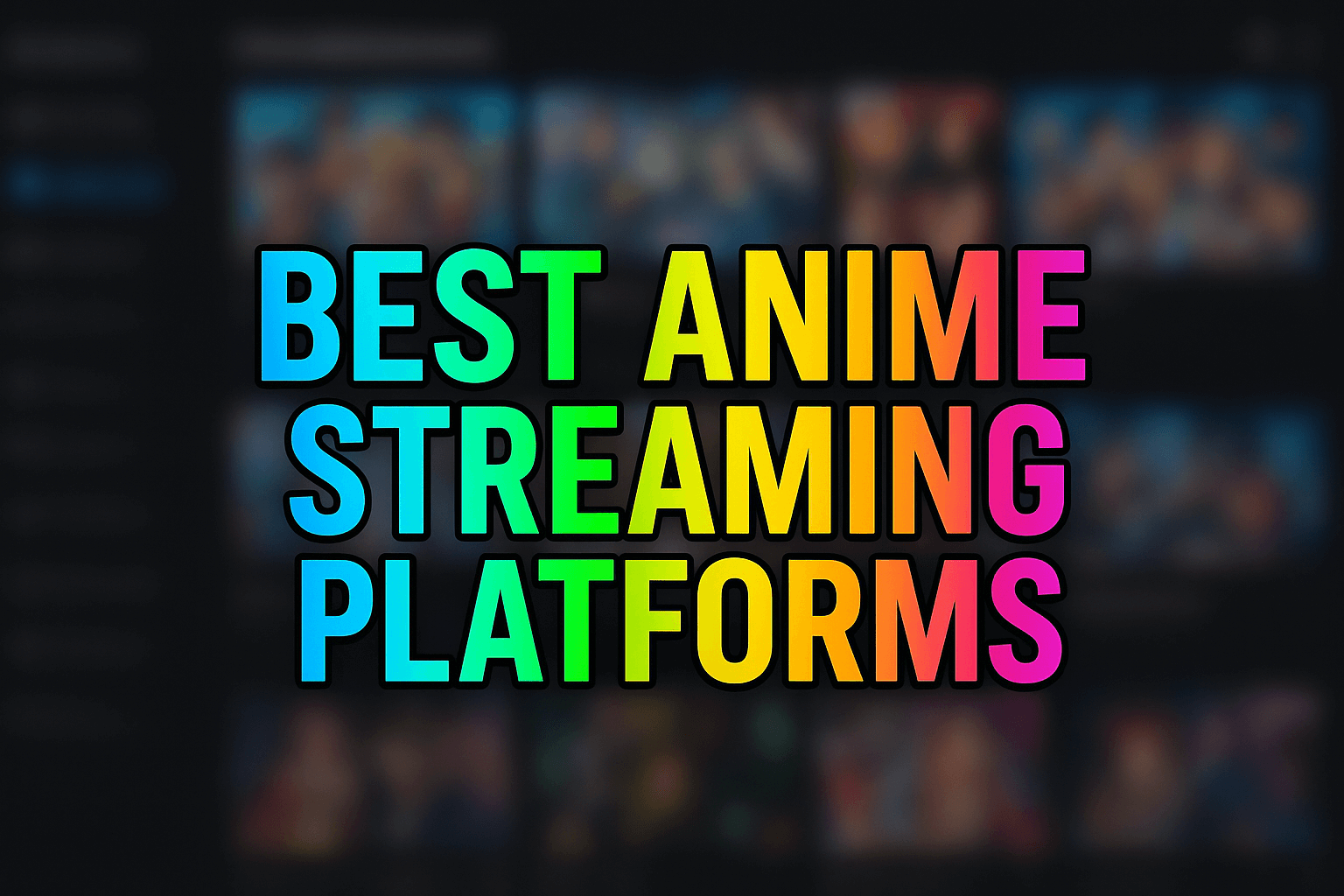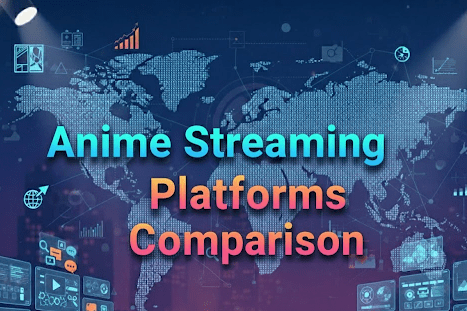Introduction
So, you have an incredible TV series. A killer concept, a pilot script that sings, and characters that feel more real than your neighbors. But now comes the hard part, the question that keeps every creator up at night: where to sell TV series in a market that feels impossibly crowded?
It’s overwhelming. You hear about massive deals with streaming giants, but the door seems locked without the right connections. You could have the next global hit, but if you can’t get it in front of the right people, it goes nowhere. It’s a frustrating, opaque process.
But here’s the good news. It’s not impossible. In fact, with the right strategy, you can cut through the noise. In this post, I’m going to walk you through the exact 5 steps you need to take to find the right home for your show and get that deal signed.
Table of content
Key Takeaways
| Key Takeaway | Actionable Insight |
|---|---|
| Understand the Buyer Landscape | Don’t just spray and pray. Know the difference between SVOD, Broadcast, and Cable networks and target only those who fit your show’s genre and budget. |
| Perfect Your Pitch Package | A great idea isn’t enough. You need a professional package: a killer logline, a detailed series bible, a polished pilot script, and a top-sheet budget. |
| Identify Specific Buyers | Move beyond generic company names. The goal is to find the specific development executive or acquisition manager whose mandate matches your project. |
| Leverage Data, Not Just Connections | Relying on agents is the old way. The new way involves using data to see what platforms are actively buying, what genres are trending, and who the decision-makers are. |
Is your pitch getting lost in the noise?

Step 1: Map the Modern Buyer Landscape
Before you even think about who to email, you need to understand the playing field. The world of TV distribution has exploded, and that’s both a challenge and a massive opportunity for you.
Gone are the days of just three or four major networks. Today, you have hundreds of potential buyers across the globe, all hungry for content. The demand for original series has never been higher, thanks to the streaming wars. This is your opening.
Your first job is to stop thinking “I need to sell my show” and start thinking “Which type of platform is the perfect fit for my show?” This strategic shift is everything.
Step 2: Know Your Buyer’s Needs: SVOD vs. Network vs. Cable
Okay, let’s break down the major players. Each has a different business model, a different audience, and different content needs. Pitching your gritty, serialized anti-hero drama to a network known for family-friendly sitcoms is a waste of everyone’s time.
Streaming Giants (SVOD/AVOD)
These are the global players like Netflix, Amazon Prime Video, Disney+, and Apple TV+. They are looking for content that can attract and retain subscribers worldwide. They often have massive budgets and are more willing to take creative risks.
- What they want: Binge-worthy, high-concept shows. Big genres like sci-fi, fantasy, and crime thrillers do well. They are also heavily investing in local-language content for international markets.
- How they operate: They typically buy out all rights globally for a significant upfront fee (a “cost-plus” model). This means a bigger payday for you, but you often give up long-term ownership.
Broadcast Networks (Linear TV)
Think ABC, CBS, NBC, or FOX in the US, or major public and commercial broadcasters in other countries. Their model is built on advertising, so they need broad-appeal shows that attract large, consistent audiences week after week.
- What they want: Procedurals (cop, legal, medical shows), family sitcoms, and reality competition shows. Concepts need to be simple to grasp and appeal to a wide demographic.
- How they operate: They usually license a show for a specific territory. The budgets per episode might be lower than a streamer’s, but you (the producer) get to retain more ownership and sell the rights in other countries.
Cable Networks
This includes premium channels like HBO and Showtime, as well as basic cable like AMC, FX, or TNT. They built their brands on being more edgy and creatively ambitious than broadcast networks.
- What they want: Prestige, critically-acclaimed dramas. Character-driven, serialized stories with a strong, unique voice. They are the home of the “anti-hero” and complex narratives.
- How they operate: It’s a mix. Premium cable acts more like streamers, while basic cable often follows a model closer to broadcast, but with more creative freedom.
Step 3: Build an Irresistible Pitch Package
Having a great idea is one thing. Presenting it professionally is another. You will not be taken seriously without a complete, well-thought-out pitch package. No shortcuts.
Here’s your essential checklist:
- The Logline: Your entire show boiled down to one or two compelling sentences. If you can’t hook them here, you’ve already lost.
- The Series Bible: This is the blueprint for your show. It details the world, the tone, the main characters and their arcs for multiple seasons, and outlines for future episodes. It proves you’ve thought beyond the pilot.
- The Pilot Script: This has to be the best thing you’ve ever written. It must establish the world, characters, and central conflict flawlessly. Get feedback, rewrite it, and polish it until it shines.
- A Top-Sheet Budget: You don’t need a full, line-item budget yet. But you do need a realistic estimate of what it would cost to produce one episode. This shows you’re a serious producer who understands the business side.
Want to close deals faster?

Step 4: Stop Guessing, Start Connecting with the Right People
This is the biggest hurdle for most creators. How do you find the actual person who can greenlight your show? The classic advice is “get an agent,” but that’s a chicken-and-egg problem. Agents want to sign creators with a track record, but you need an agent to get that track record.
While agents and managers are valuable, waiting for one is a passive strategy. You need to be proactive.
The goal is to identify the specific Development Executive or Content Acquisition Manager at your target companies whose job it is to find shows exactly like yours. Sending your pitch to a generic “submissions” email address is like throwing it into a black hole.
You need to find the person whose title is something like “VP, Drama Development” if you have a drama, or “Director, Unscripted Content” if you have a reality show. But how do you find them, and how do you know what they’re actually looking for right now?
Use Data to Fast-Track Your Sale
Here’s how you get ahead in 2025 and beyond. You use data.
Top producers and sales agents don’t just rely on their existing contact list. They use intelligence platforms to get a real-time view of the market. They track which buyers are actively greenlighting projects, what genres they’re investing in, and what deals have been made recently.
This data-driven approach removes the guesswork. Imagine knowing, before you even pitch, that a specific executive at a major streamer has been actively acquiring sci-fi shows in the $2-3 million per episode budget range for the last six months. That’s powerful, actionable intel.
You can use this information to:
- Prioritize your outreach: Focus only on the buyers who are a proven match.
- Tailor your pitch: Reference their recent acquisitions to show you’ve done your homework.
- Find co-production partners: See which companies are teaming up on projects similar to yours.
This is how you turn a long-shot cold call into a warm, strategic introduction.
How Vitrina Powers Your Pitch
This is exactly why a platform like Vitrina exists. We bridge the gap between having a great project and finding the right global partner to bring it to life. Instead of spending months searching outdated databases or relying on hearsay, Vitrina gives you direct access to the M&E supply chain. You can use our deal-making intelligence to identify active buyers, see their content preferences through real-time data, and track projects with our Project Tracker to find the perfect opening for your TV series. It’s about replacing “who you know” with “what you know.”
Conclusion
Look, knowing where to sell TV series is no longer about secret handshakes or exclusive backroom deals. The entertainment industry is now a global, data-driven marketplace.
By understanding the landscape, tailoring your approach to the right type of buyer, building a professional pitch package, and leveraging data to find the right contacts, you can dramatically increase your chances of success. You can take control of the process.
The power has shifted. Your great idea, backed by a smart strategy, is more valuable than ever. Now go get it.
What’s the first strategy you’re going to try? Let me know in the comments.
Ready to stop searching and start connecting? Don’t let your next hit series get lost in the noise. A Vitrina membership gives you the data and tools to find active buyers, track market trends, and close deals faster. Sign up for Vitrina today and turn your pitch into a greenlight.
Frequently Asked Questions
Yes, but it’s harder. Many large companies have policies against accepting “unsolicited” materials. However, by using professional networking and data platforms to identify specific executives, you can build relationships and create opportunities to pitch directly, bypassing the traditional gatekeepers.
The biggest difference is the rights and ownership model. A streamer (like Netflix) often buys out all global rights for a larger upfront payment (a “cost-plus” deal). A broadcast network typically licenses the show for a specific country, allowing you to retain ownership and sell the international rights separately.
This varies wildly. A low-budget web series might sell for a few thousand dollars, while a high-concept drama with A-list talent could command millions per episode. Your budget, genre, attachments, and the platform you sell to are all major factors.
A series bible is a detailed document, typically 10-50 pages long, that outlines the entire world of your show. It includes character biographies, season-long arcs, episode ideas, and descriptions of the show’s tone and themes. It proves to buyers that your idea has longevity and is well-developed beyond the pilot episode.




























































